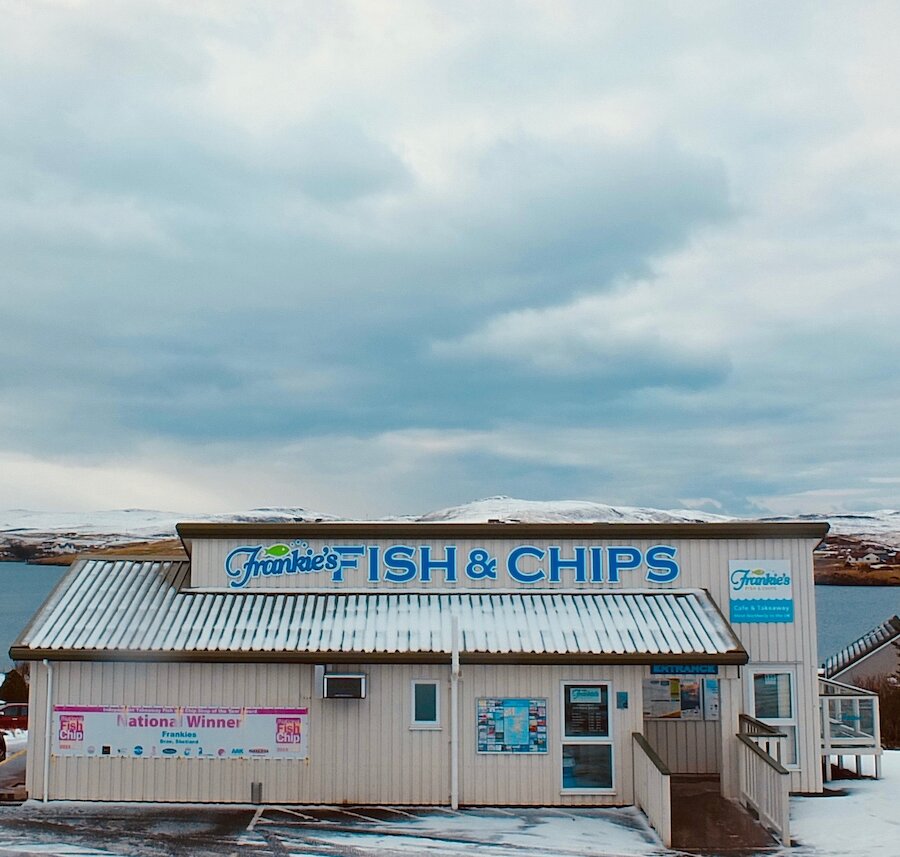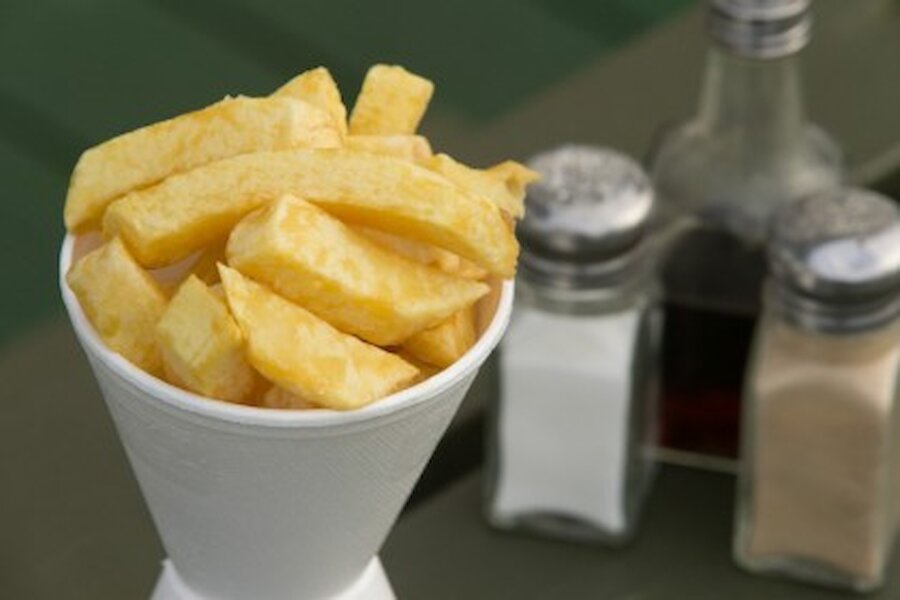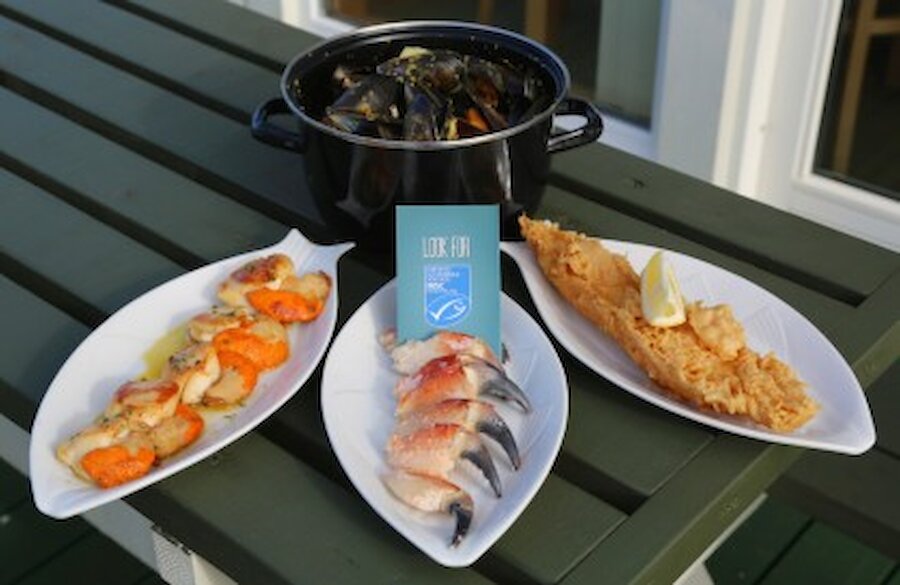Local, sustainable, high quality: The chip shop at the edge of the world
It’s a decade since Gary Johnson decided he was fed up with the 50-mile round trip from his home village of Brae in Shetland to the island capital Lerwick, just to get a fish supper, and, with wife Valerie and daughter Carlyn, opened a fish and chip shop.
Little did Gary dream that within a decade, the family would be travelling to Japan and Singapore to demonstrate fish frying and develop new businesses, and offers would come in to franchise Shetland fish and chips to places like Dubai. And Frankie’s, as it would be called (named after a former family pet) would be officially named best fish and chip shop in the UK, in 2015.
As for being the most northerly, it was always going to easily achieve that accolade.
The family business in 2008 was centred on the local garage and its associated shop, bus service and transport hire divisions. Fish and chips was something completely new, although daughter Carlyn had studied catering at college and Shetland’s natural seafood resources were an obvious asset. But this wasn’t to be any old chipper. It was going to be very special indeed.
Valerie Johnson and daughter Carlyn Kearney tell their story.
Valerie: Frankie’s was built in 2008, when we decided, there had never been anything like this in the village we live in Brae, before - a seafood type business. We had several other businesses but the nearest fish and chip shop was in Lerwick and Gary, my husband, says he simply got fed up travelling 50 miles there and back to Lerwick for a fish supper. We had a greenfield site, which we thought would lend itself to building a purpose-built business.
Carlyn: I had originally left school to go to college to train in professional cookery, so at the time I was working in catering anyway. So I decided to join the family business when they decided they were going to build a fish and chip = neither of them having any experience in any catering!
Valerie: We wanted it to be a nice experience, for people to come here and enjoy the food we provided, and I always looked right from the beginning at using local produce, and at sustainability, which I think over the last ten years has grown immensely. People are very much aware of what they’re eating and the provenance of the food - specifically the local provenance of he seafood we have. And I think because of where we live, surrounded by the lovely fishing waters - we had to have the lovely fresh fish that we do have. We couldn’t have gone down the route of frozen Icelandic seafood. It had to be from the fresh waters here - and the premier quality product and the raw product is so good that you really can’t go wrong with cooking that. There’s the SSQC, the Seafood quality control - they go and check what’s landed at the markets, the put the quality on the fishboxes, so you know what you’re getting. And then again it progressed from that, from knowing it was really good quality seafood we were getting, to looking more at the sustainability side of things. Realising that the haddock was coming from sustainable fish stocks in the North Sea which had been accredited by the Marine Stewardship Council, and that was our step in achieving that whole ‘from sea to plate’ traceability - that had to be done by the fishery being accredited, our supplier being accredited and us being accredited.



